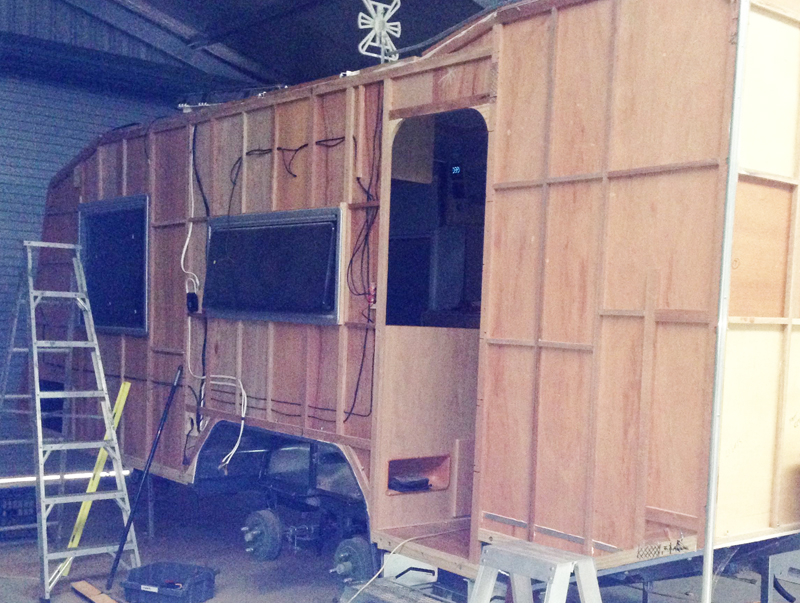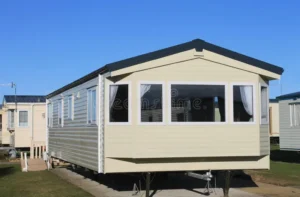Introduction
Static caravans offer a unique blend of mobility and comfort, making them a popular choice for vacations and even as permanent residences for some. However, one of the primary challenges faced by caravan owners, especially in colder climates, is the lack of adequate insulation. Proper insulation not only ensures a comfortable living environment but also leads to significant energy savings. Without proper insulation, static caravans can become quite cold, necessitating additional heating, which can be both costly and energy-intensive.
The fundamental approach to insulating a static caravan involves removing the internal paneling. Once this is done, one can either replace the existing insulation with a thicker, more efficient variant or add an additional layer on top for enhanced insulation. Another method involves adding insulation on top of the existing wood paneling. This is especially beneficial for older caravans that might not have been well-insulated initially. Proper insulation ensures that the interiors remain warm, cozy, and energy-efficient.
Bubble Wrap Caravan Insulation
Bubble wrap, commonly associated with packaging, has found a unique application in the realm of caravan insulation. This method is both cost-effective and straightforward. Specialized bubble wrap designed for insulation purposes can be purchased in large sheets. These sheets can be easily attached to the inside of the caravan walls using tape or staples. The air-filled bubbles act as a barrier, reducing heat transfer and thus helping in maintaining a consistent temperature inside the caravan.
One of the significant advantages of using bubble wrap for insulation is its ease of installation and removal. It’s a temporary solution that can be easily adjusted or removed as per the owner’s needs. Moreover, it’s lightweight and doesn’t add much bulk to the caravan’s walls. However, while it provides a basic level of insulation, it might not be as efficient as some of the more specialized insulation materials available in the market.
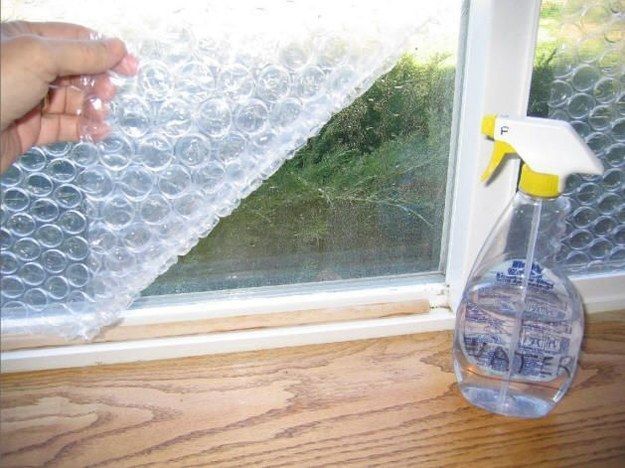
Foam Caravan Insulation
Foam insulation offers a lightweight yet effective solution to caravan owners looking to enhance their vehicle’s thermal efficiency. Polystyrene insulation sheets, available in various thicknesses, can be inserted into the wall cavities, providing a barrier against heat transfer. These sheets are both durable and easy to work with, making them a popular choice for many caravan owners.
Another variant of foam insulation is expanding foam. This is particularly useful for covering gaps between panels and other hard-to-reach areas in the caravan. Expanding foam, once sprayed, expands to fill the void, ensuring a tight seal. It’s an efficient synthetic insulation method that’s simple to install. The panels can be easily cut to the required dimensions, ensuring a snug fit within the wall cavity.

Fibreglass Caravan Insulation
Fibreglass insulation is a tried and tested method used in various construction applications, including caravans. For caravan walls, a layer of fibreglass panels can be added over the existing wood paneling. This not only enhances the insulation properties but also adds an extra layer of support to the caravan walls. Fibreglass sheets are readily available at most hardware stores and can be tailored to fit using a sharp knife.
However, while fibreglass offers excellent insulation properties, it comes with its set of precautions. When installing fibreglass insulation, it’s crucial to wear protective gear like gloves and a dust mask. Fibreglass particles can irritate the skin and respiratory system. Therefore, utmost care should be taken during its installation. Once installed, it provides a robust insulating layer, ensuring a warm and cozy interior.
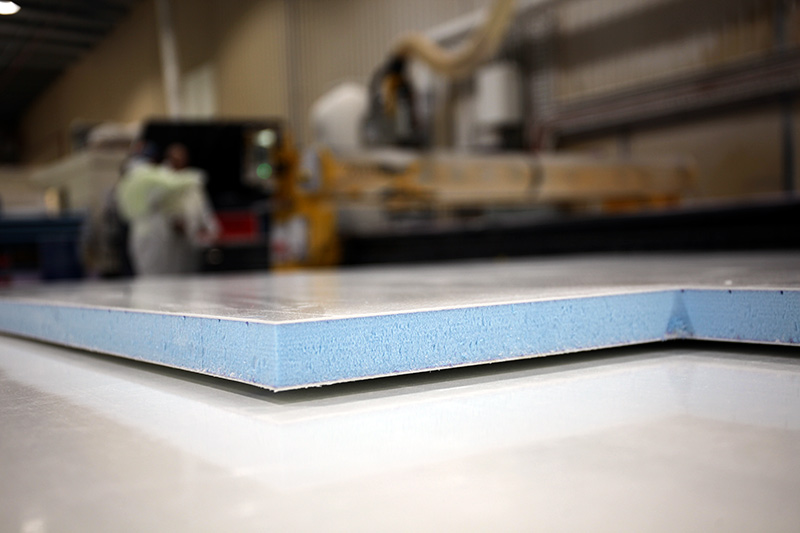
Reflective Foil Caravan Insulation
Reflective foil insulation, often made of aluminum, offers a unique approach to caravan insulation. While it might not provide the same level of insulation as some other materials, it’s both affordable and easy to install. The primary mechanism here is reflection. The foil reflects radiant heat, preventing it from entering (or leaving) the caravan. This can be especially useful in regions with intense sunlight. The foil can be attached directly to the wood paneling or placed over existing insulation to maximize its effect.
When combined with other insulation types like loose fill or panel insulation, reflective foil can significantly enhance the caravan’s heat retention capabilities. It’s particularly effective when installed on the interior side of the outer walls. The reflective properties ensure that heat doesn’t escape through the outer walls, making it challenging for hot or cold air to penetrate the caravan’s interiors. As a result, the caravan remains comfortable throughout the year, irrespective of the external temperature.
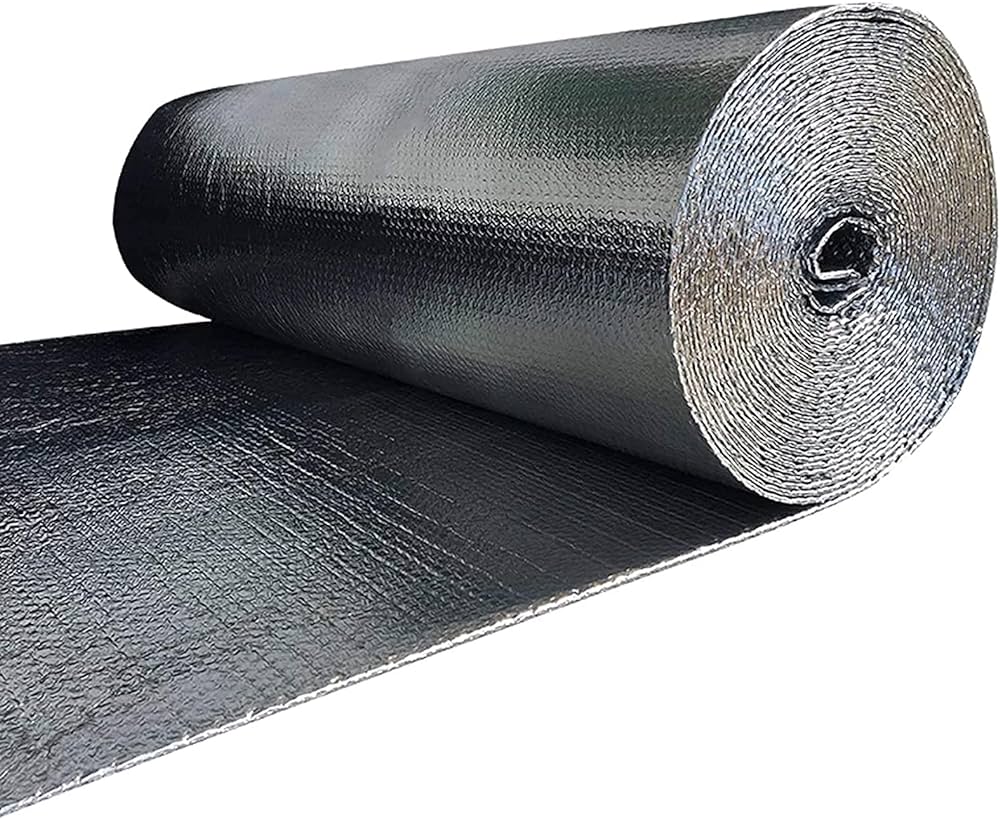
Natural Insulation For Caravans
Natural insulation offers an eco-friendly alternative to synthetic materials. Derived from renewable resources, natural insulations, such as sheep wool, are gaining popularity among environmentally-conscious caravan owners. Sheep wool insulation stands out due to its excellent insulating properties and breathability. It’s particularly suited for confined spaces like caravans, where maintaining a balanced internal atmosphere is crucial.
Sheep’s wool insulation, available in both loose-fill and panel forms, has a unique property of absorbing moisture in high humidity conditions and releasing it during low humidity. This natural regulation of air moisture levels ensures a comfortable interior environment, reducing the chances of mold growth and other humidity-related issues. When installing natural insulation, it’s essential to ensure that all seams are adequately sealed to prevent air leakage, maximizing the insulation’s efficiency.

Conclusion
Insulating a caravan is not just a matter of comfort; it’s a strategic decision that impacts energy efficiency, cost savings, and overall usability of the caravan throughout the year. As we’ve explored in this article, there are multiple methods and materials available, each with its unique advantages and considerations. From bubble wrap and foam to fibreglass and natural insulations like sheep wool, the choices are diverse, catering to different needs and budgets.
While the primary focus is often on the walls, it’s essential to remember that a holistic approach, considering windows, seams, and other potential areas of heat loss, will yield the best results. Whether you’re a seasoned caravan owner or new to the world of caravanning, investing in proper insulation ensures that your caravan remains a cozy haven, irrespective of the external weather conditions. Moreover, with the rising energy costs and increasing emphasis on sustainable living, an adequately insulated caravan is not just an asset but a testament to responsible and eco-friendly living. As you embark on your caravan insulation journey, may this guide serve as a comprehensive resource, helping you make informed decisions for a warmer, more efficient, and comfortable caravan experience.
